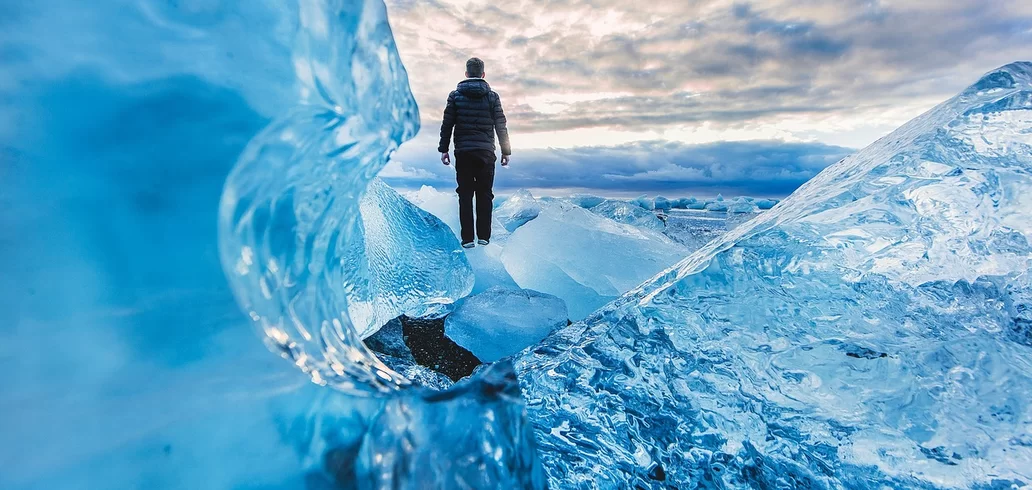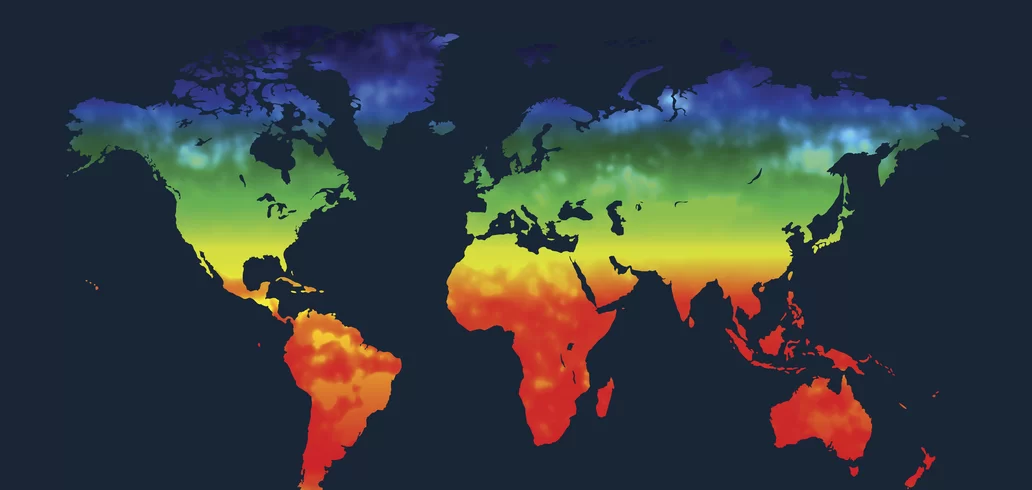Curiosities
9 interesting facts about the very rare fish that lives in Death Valley
Advertisement
1. **Scientific Name**: The fish, known as the “Devil's Hole Pupfish” (Cyprinodon diabolis), is an extremely rare species of fish that inhabits exclusively Devil's Hole, a natural hot water pool located in Death Valley, California, USA.
2. **Size**: This fish is small, with an average length ranging from 2.5 to 3 centimeters. It is one of the smallest fish species in the world.
3. **Extreme Adaptation**: Devil's Hole Pupfish have adapted to extreme temperature and salinity conditions. The water in Devil's Hole remains around 90°F (32°C) year-round, making it one of the warmest water sources in Death Valley.
4. **Limited Habitat**: The Devil's Hole Pupfish's natural habitat is incredibly limited. The Devil's Hole itself is only about 20 feet by 14 feet wide and has depths ranging from 10 to 60 feet.
5. **Conservation Status**: Considered one of the most endangered fish species in the world, the Devil's Hole Pupfish is listed as critically endangered by the International Union for Conservation of Nature (IUCN).
6. **Genetic Isolation**: Due to their isolated habitat, these fish have developed unique genetics. Their ability to reproduce successfully is an area of concern as the population has declined dramatically in recent decades.
7. **Reproduction**: Devil's Hole Pupfish reproduction is complex and limited. It usually occurs during the spring and summer months when the water temperature is ideal. The female lays her eggs in small depressions in underwater rocks.
8. **Feeding**: The diet of these fish consists mainly of small aquatic organisms, such as insects and crustaceans, that inhabit the Devil's Hole environment.
9. **Scientific Fact**: In addition to its ecological importance, the Devil's Hole Pupfish is the subject of intense scientific study. Researchers are interested in understanding how these fish managed to survive in such an extreme and isolated environment, as well as developing conservation strategies to protect this unique species from extinction.
You may also like

Recover deleted photos from your cell phone: tricks and free apps
Discover the best ways to recover deleted photos from your cell phone safely, quickly and without complications — even the oldest ones!
Keep Reading



